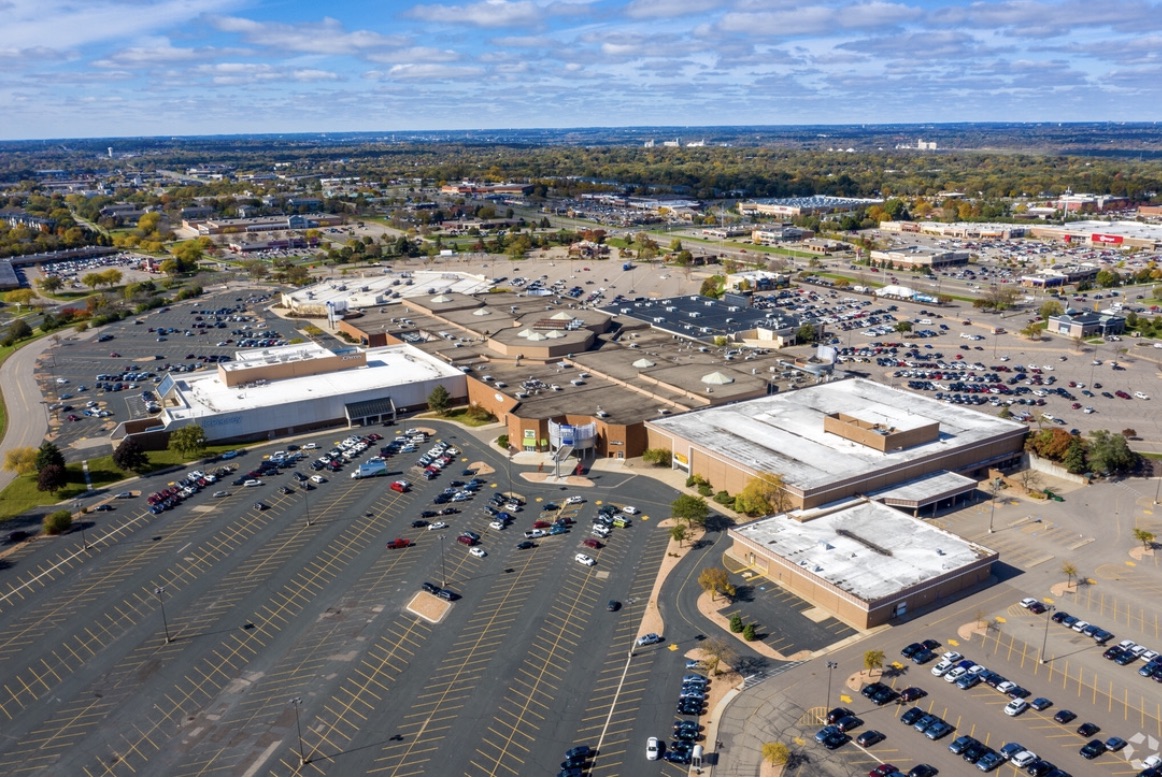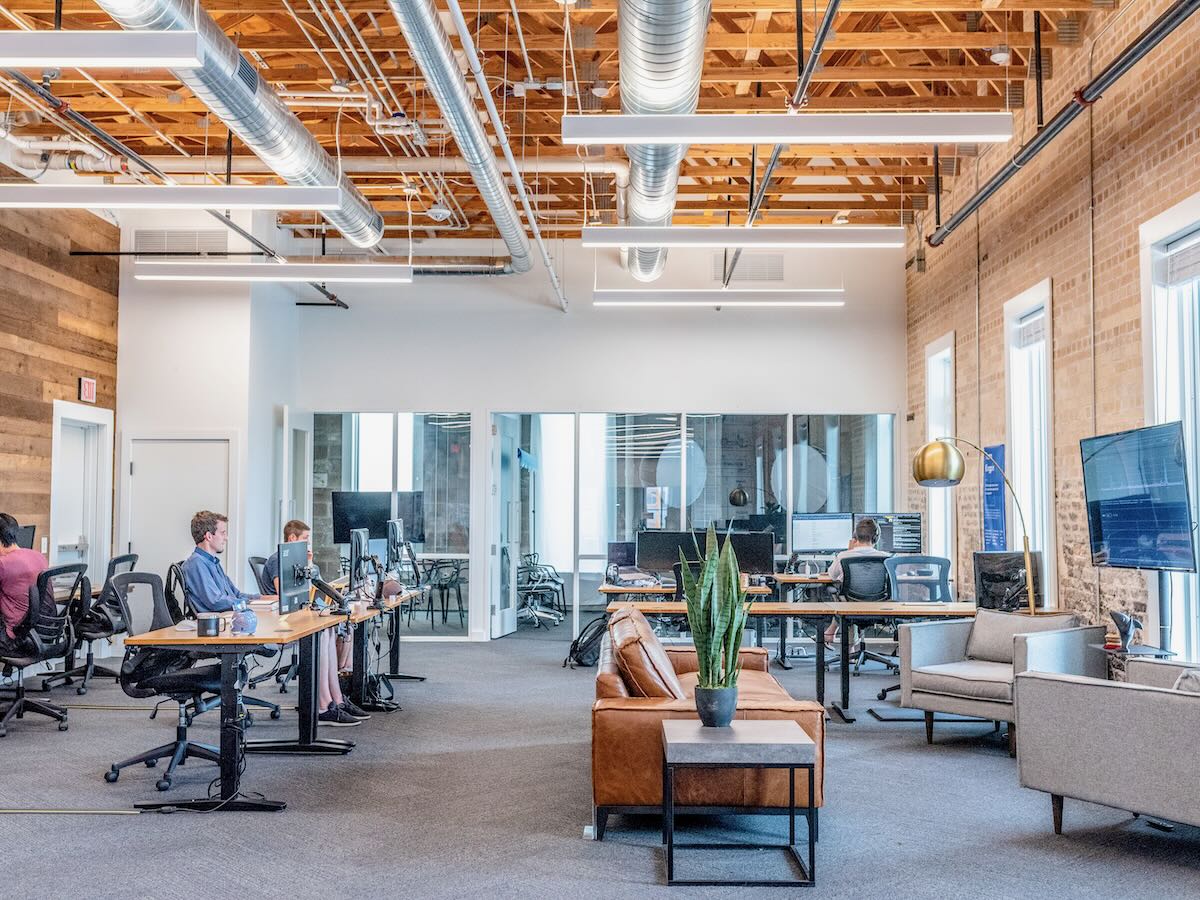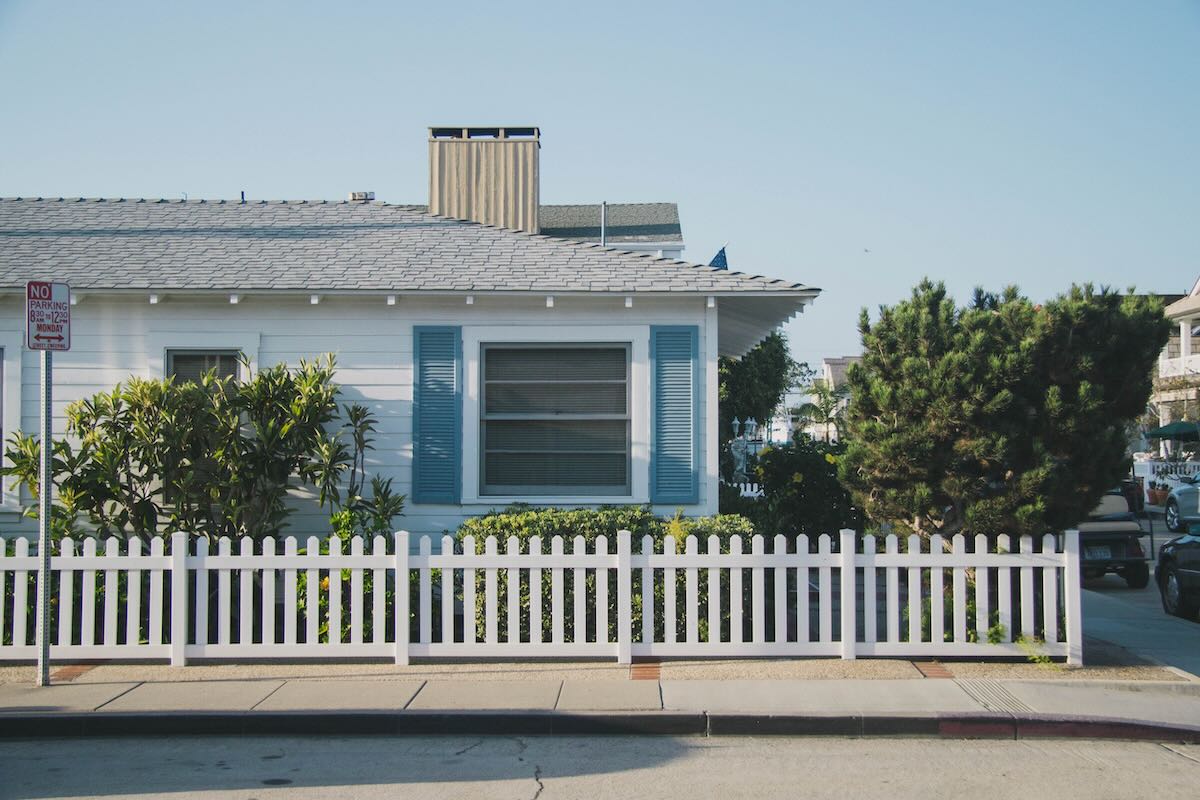Neighbourhood Retail, Issue 20

There are over 3,750 enclosed malls and strip centres of more than 40,000 square feet in Canada. Almost all of them have been built since 1960 and this number does not include free standing “big box stores”, membership retailers such as Costco, or mega-grocery stores. It is a mistake to think that consumers bought cars to get to these locations. These shopping destinations were built to meet the demands of an increasingly automobile-centric population.

In theory, these locations were meant to provide an increasing variety of shopping choices with lots of convenient parking. In reality, malls have helped reduce the variety of shopper choice to a comparatively small number of national brands that do not vary very much from one shopping centre to another. It is not unusual for one fashion retailer to have several banners, many that share much of the same merchandise and all in the same mall. I was once told by an executive of the currently restructuring Aldo Group that 80% of the merchandise in its five+ banners was identical and that each banner was differentiated by only 20% of its collection.
There may be acres of parking, but unless you are either a very early shopper or very lucky, you will be stuck in parking-lot hell in a tight spot that is half a kilometre from the mall entrance. Very few parking spaces provide shoppers with vaunted curb-side access. I often wonder why someone thinks it is ok to walk five hundred meters across a dangerous parking lot but not enjoy a 500 metre walk along a nicely lit shopping street?
Coresight Research has suggested that 25% of malls could close within the next five years.
COVID-19 has dramatically accelerated the growth of e-commerce. In the US, May on-line sales were US $82.5 billion, an increase of 77% year-over-year. It was expected that it would take four to six years to get to that level. More than a third of consumers shop on-line on a weekly basis, an increase of 28% over pre-Coronavirus shopping habits. https://www.forbes.com/sites/johnkoetsier/2020/06/12/covid-19-accelerated-e-commerce-growth-4-to-6-years/#7719b717600f
As at September 14, twenty-seven national retailers in the US had declared bankruptcy in 2020. For the full list visit https://www.retaildive.com/news/the-running-list-of-2020-retail-bankruptcies/571159/ . A visit to the web site (https://cansumer.ca/stores-closing-in-canada/) will give you a run down of Canadian store closures which include multi-banner retailers Reitmans and Aldo.
So why do I think there is opportunity for convenient neighbourhood shopping given that retail malls and centres are struggling, E-commerce has seen four to six years growth in six months, and that there have been multiple store closings and bankruptcies? There are many reasons:
“While BOPIS was a niche delivery option pre-pandemic, it is fast becoming the delivery method of choice as consumers become more familiar with the ease, convenience and experience.”
Taylor Schreiner, Director, Adobe Digital Insights
- The growth in BOPSIS and BORIS – ( “Buy online and pick-up in store” and “Buy online and return in store”) grew 195% in May. It has become clear that these options have to be convenient, and not buried in a store a fifteen minute drive away as the idea of online shopping is to avoid malls.
- Car ownership is now starting to wane and younger adults and families need more amenities close by.
- In the food sector, online shopping is accelerating. I recite the Waitrose UK example of the growth in specialized logistical locations for its online offering. Sobey’s is opening “Voila” fulfillment centres in Pointe-Claire, QC and Vaughn, Ontario. Many households want to supplement their internet orders with items that they can get locally everyday and others would prefer to get all of their groceries from smaller retailers catering to neighbourhood needs. For more on the evolution own grocery shopping you may find this article interesting: Link: How toilet paper and avocados help explain the grocery store of the future
- In the US, Nordstrom is closing one of every seven full-line facilities but it is investing heavily into Nordstrom Local, where consumers can pick up or return Nordstrom product or goods from other retailers. Nordstrom Local also provides tailoring and adjustment services.
- In the UK, Anthropologie plans to double its number of local stores. These are considerably smaller than its existing stores and each has its own look designed for its neighbourhood.
- Rental rates are much lower in smaller neighbourhood retail areas and spaces can be demised into much smaller shops. This gives opportunity to local retailers, pop-ups, and emerging “makers”. This creates retail diversity. Missing a screw or a picture hook? Need a special screwdriver or a key cut? Consumers crave that little hardware store that is easy to get to but the space need to be affordable. (The next newsletter will be dedicated to the re-emergence of makers.)
- Medical centres, dentists, dry cleaners, barbers and hairdressers, and massage therapists are often already collected in affordable neighbourhood premises and long for more commercial activity in their areas.
- Small local and walkable restaurants with good food, good wine list, excellent service, and reasonable prices are almost always successful. It is nice not to have to worry about that last glass of wine or digestif as home is but a 10-minute walk. Post Covid-19 there will be many restauranteurs looking for lower cost locations and venues that can be scaled to offer food delivery.
LONDON, United Kingdom — Today’s consumers are used to getting what they want — when and where they want it. Convenience is key, and in terms of shopping that often means local in tandem with online shopping. Given that many people still like to touch, feel and try fashion items before they buy, the industry is well placed to benefit from this theme. We expect fashion retailers to ramp up their presence in neighbourhoods and new districts beyond traditional commercial zones, with stores that reflect the local community and focus on service and experience.
From State of Fashion 2020 by McKinsey & Company and Business of Fashion
I think that the trends are there. Neighbourhood retail will make a comeback but it will take time and effort. Of course, I have opinions on what I consider some of the keys to success. In the meantime I hope this little film may whet your appetite. Link The perfect high street – Film
The same reminders: Shop local, support local businesses, buy from local farms, and support local artisans and manufacturers. As always, wear face masks as required, wash your hands, practice social distancing, hydrate, and exercise.
References:
http://uli.org/wp-content/uploads/ULI-Documents/TP_NeighborhoodRetail.ashx_.pdf
https://www.businessoffashion.com/articles/intelligence/the-year-ahead-neighbourhood-stores-return





